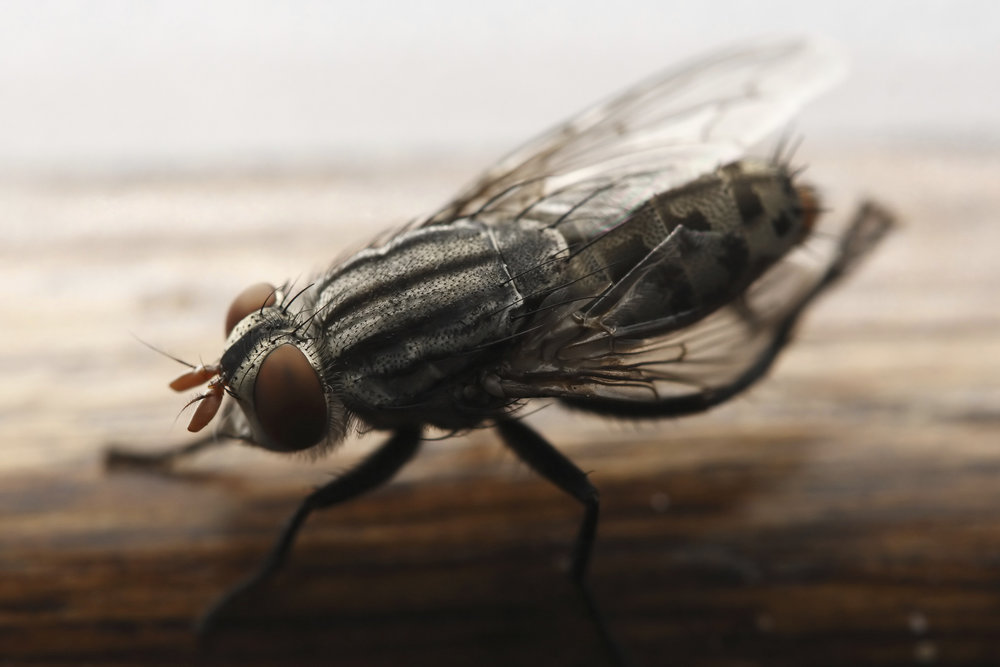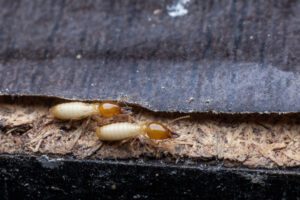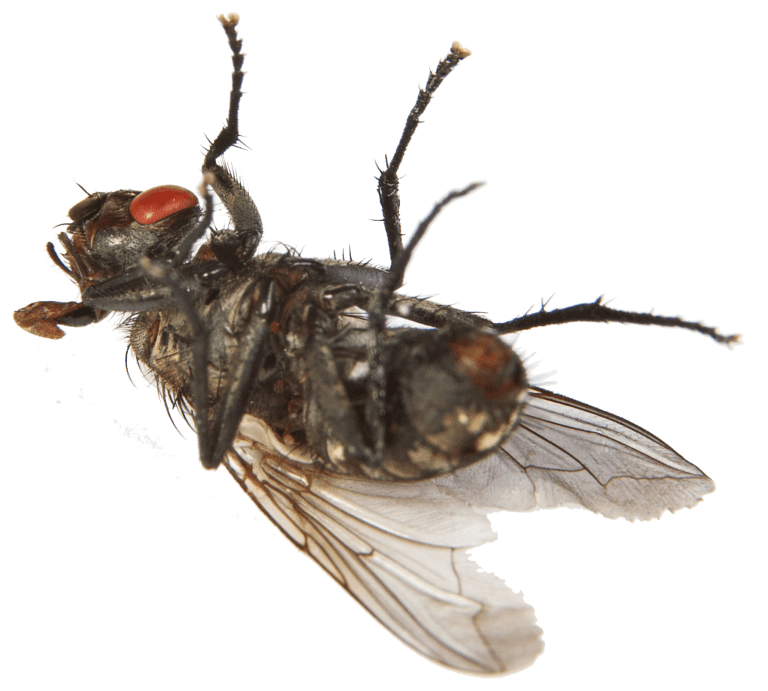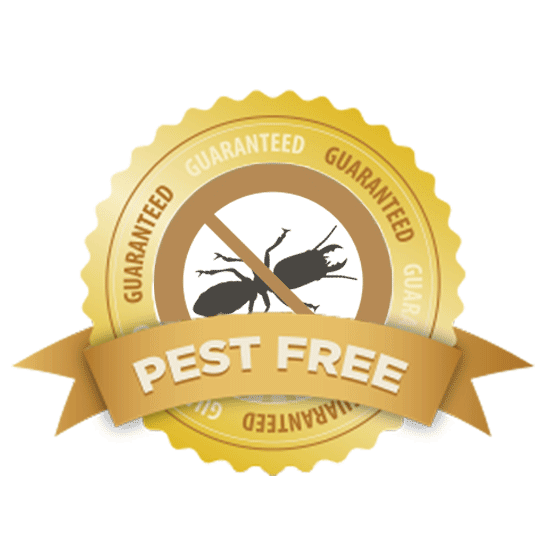Flowers and plants are not only pleasant to look at but also have many amazing benefits. They improve our mood, memory, and help us be more productive. In other words, plants make us happy.
The garden is our zen place. We have to protect it from intruders. And there is one type of invader as destructive as a barbarian horde–whiteflies.
Whiteflies are pests that lay waste to your garden and other neighboring gardens. These are tough, persistent, and fast-multiplying insects that suck plant sap. They run rampant in warm weather regions like Florida.
Once you see signs of infestation, call for a white fly pest control service for immediate treatment. But what should you look for? Here are five telltale signs.
Identify the Enemy
Whiteflies are tiny winged insects that look like flying dandruff. When viewed under a magnifying glass, they look more like moths rather than houseflies.
They can be as small as one-twelfth of an inch. Their small size is a problem for greenhouses because they can enter very fine mesh while their larger natural predators get screened out.
They prefer to cling to the underside of leaves, making them difficult to spot. Fortunately, whiteflies are active during the daytime. Trying to observe them at night is almost impossible.
Their Offspring
Whitefly eggs have a pale yellow color that turns brown when about to hatch. Whitefly females can lay about four hundred eggs. Those eggs will then hatch in as little as a week or as long as a month.
You can find eggs deposited on the underside of leaves in a circular or crescent-shaped pattern.
When the eggs hatch, the larvae move a short distance and suck on the plant juices. Once they latch, they stay still for the rest of their nymphal development.
The Honeydew
Similar to their cousin aphids, whiteflies produce a sticky, sugary substance known as honeydew. If you feel honeydew on the leaves, it is a sign that the whiteflies have been feeding for days.
Sometimes you can see a line of ants heading toward an infested plant. Ants are attracted to the energy-rich honeydew. Ants discourage external predators and parasitoids of whiteflies in a mutualistic relationship.
The Black Soot
When the honeydew goes bad, a fungus, called ‘black soot’ or ‘sooty mold’, colonizes it. This mold makes the leaves look black and dirty.
Black soot is generally harmless except in cases where the mold has spread extensively. Once it covers a large area, it will interfere with the plant’s photosynthesis, preventing the plant from processing food properly.
Evidence of Destruction
The aftermath of a whitefly infestation debilitates the plants. This destruction is why you need prompt whitefly pest control.
Whiteflies do direct damage to the leaves, causing them to yellow, shrivel, and turn brown. The damaged portions are also susceptible to secondary bacterial or fungal infection.
When a plant loses too much sap because of whitefly feeding, it stunts growth and the plant becomes stressed, inviting various diseases.
When the damage becomes critical, the plant will die.
Professional White Fly Pest Control
Don’t let whiteflies and other pests ruin a source of your happiness. Contact us to schedule a free inspection.






